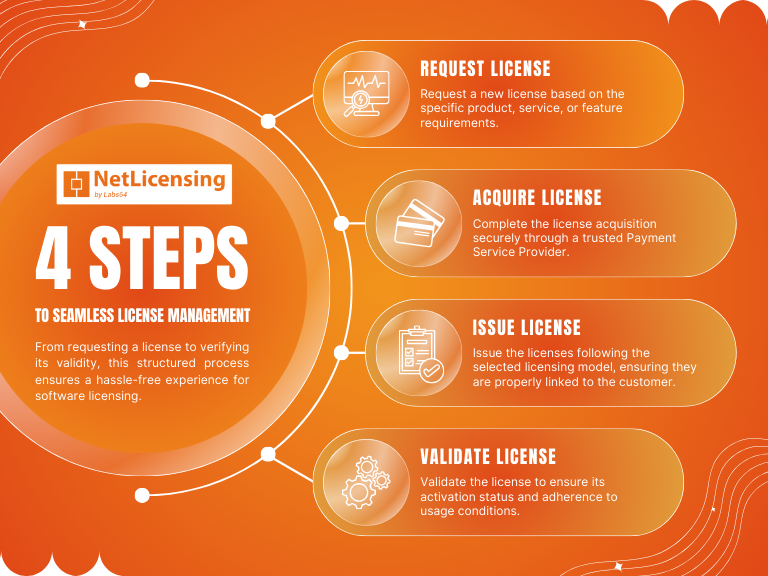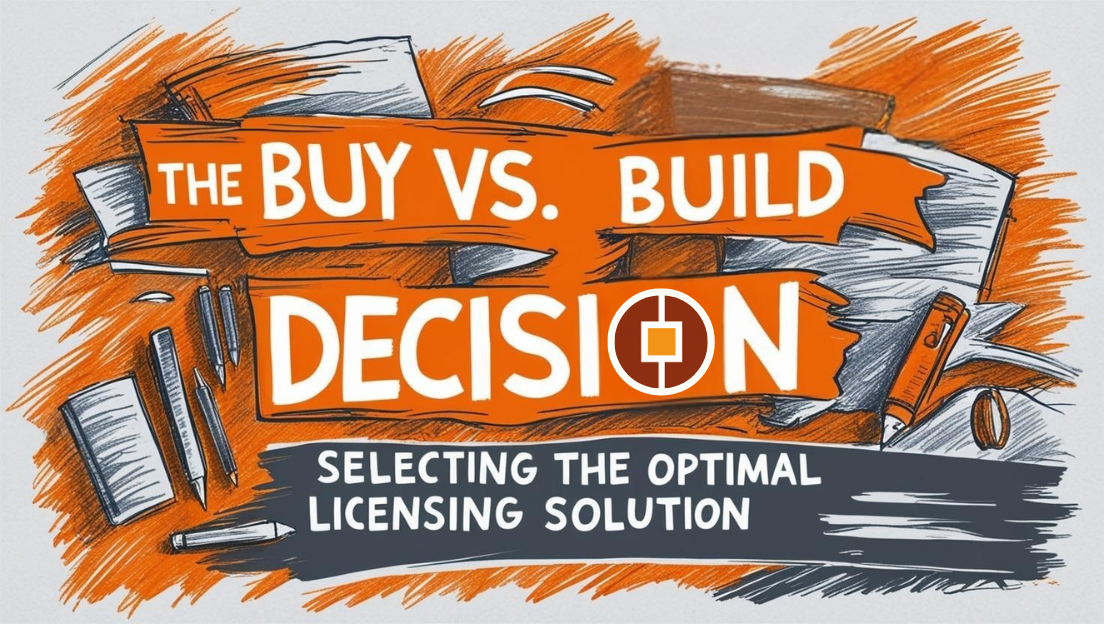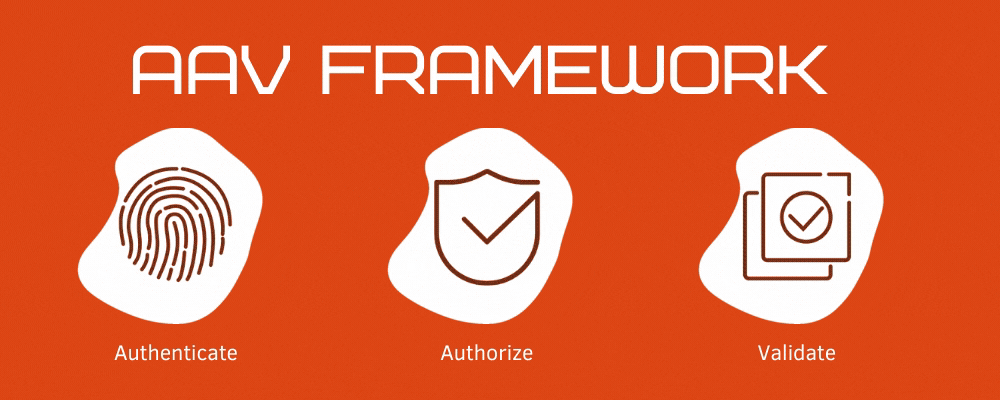Software Licensing Metrics – Know Your Rights

Hello and welcome to our third article on Software Licensing Metrics. You’ll need to have read the first two articles in order if you’re going to get the most out of this one which will cover the importance of the definition of rights in an agreement over license metrics. We will look at the common problems which vendors encounter; the common disagreements which often occur, some possible methods which you can use to avoid those, management methods for when disagreements do happen and the best course of action which you can take to avoid losing business.
It’s important to remember that we are not offering a complete solution to all of the possible problems! Each and every situation is different and we don’t know you, your business or your customers! Hopefully we can give you a guide as to what to expect when dealing with metric agreements and the best practice to follow when laying out the terms and conditions for a Service Level Agreement (SLA).
Keep it Simple
As we discussed in our previous article, when dealing with software licensing metrics, you can never understate the value of keeping it as simple as possible. This is particularly prescient when stating the terms of agreement between you and your customer. It is important to be clear about what it is that you’re measuring. It’s also important that you make it clear to the customer when they will be subject to price increases, potential changes to the terms of use. It is important that the metrics remain crystal clear throughout the duration of the contract.
Keep Yourself Safe
Ultimately the party who will suffer the most out of a deal gone bad will be you. You’ll lose business, potentially damage your reputation and in the worst circumstances can run into complex legal wrangling which is both time consuming and very costly to you.
A secure contract doesn’t have to be one which is constrained. Don’t feel limited in your potential by a fear of what could happen, rather you need to have confidence in your product and service always seeking the proper legal guidance when drawing up contracts and ensuring that when the contract is signed that all parties are one hundred percent happy with the terms. This keeps you safe as a supplier and ensures that your contracts are watertight.
Be Diplomatic
Disputes between vendor and customer almost always arise after the contract has been signed and the service has been running for a certain period of time. The best way to deal with these situations is to remain diplomatic, treat your customers with respect and attempt to resolve any concerns through calm discussion.
At the centre of these disputes there is often a disagreement about the metric and its use. This is why it is paramount that both parties regularly liaise to ensure that they are both still happy with the metric and are agreed on its appropriation to the SLA.
Conversation leads to mutual understanding, and this helps to prevent friction arising between customer and vendor.





